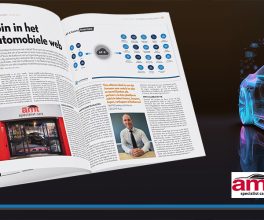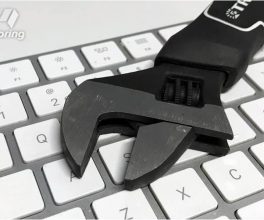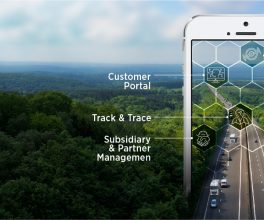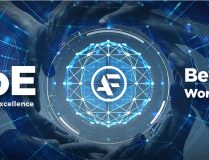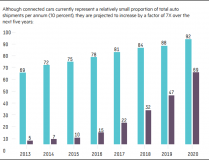Relationships between all the connected parties in the automotive insurance sector are on the brink of transformation thanks to new technology called blockchain.
Blockchain provides the spine of Bitcoin; at its heart is a system that allows shared access to data, which is maintained by a network of independent computers, rather than a single trusted third party, such as an insurer.
This means that the encrypted data can be shared in real time between a fleet, repairer, broker and insurer. At insurance broking and risk management specialist Willis Towers Watson Simon Gaffney, chief data officer, said, “Redesigning the insurance process is critical for the evolution of our industry. This initiative has the potential to streamline and simplify insurance transaction efficiency using new technologies, an essential development for the insurance industry.”
Sense of trust
Among several initiatives to explore the opportunities of blockchain, Toyota Research Institute is collaborating with MIT Media Lab and other industry partners to develop blockchain solutions where users – both businesses and consumers – can securely share driving and autonomous vehicle testing data, manage ride-share and car-share transactions and store vehicle usage information that could be used to set insurance premiums.
By allowing the vehicle’s sensors to collect driving data and store it in a blockchain, vehicle owners, including fleets, may be eligible to lower their insurance costs by giving their insurance companies access to driving data to measure safe driving habits, as well as increased transparency to reduce fraud.
Accounting and consulting firm EY, part of Ernst & Young Global, is involved in several projects that explore the potential of blockchain. Its own blockchain system, called Tesseract, enables companies to share vehicle ownership records, log the use of cars and vans, and apportion insurance costs. EY has also established a partnership with Guardtime to develop a new insurance solution for the marine industry that has close parallels with motor policies.
The two companies argue that insurance is complicated by complex paper chains that prevent transparency and duplicate information across multiple parties. This means companies rely too heavily on poorly integrated manual processes.
“Nobody involved in an insurance process is working with the same set of facts,” according to EY and Guardtime. “The blockchain platform can be applied to any commercial or specialty line of business with high-value assets. The combination of distributed ledger technologies and blockchain is a practical way to provide organizations with real-time client, risk, exposure and claims data and, thus, can transform inefficient processes in any insurance market.”
Their outlook was backed by Microsoft Azure chief technology officer, Mark Russinovich, who said Microsoft, “believes blockchain is a transformational technology with the ability to significantly reduce the friction of doing business, especially streamlining business processes shared across multiple organisations.”
One potential scenario for parties connected via blockchain would be where the insurance policy holder does not need to submit a claim, in the event of an accident, and the insurer does not have to administer it. Instead, smart contracts contain an objective set of insurance policy criteria, and these receive regular data feeds from trusted sources to determine whether claims conditions have been satisfied. If these conditions have been satisfied, payments are automatically processed via the blockchain wallet.
Experts argue that this would improve the sense of trust in relationships between insurer, customer, asset provider and regulator that any claims will be assessed swiftly and in a transparent manner, without the elements of subjectivity, bias and commercial influence that can cloud decision making.
Courtesy of Global Fleet




